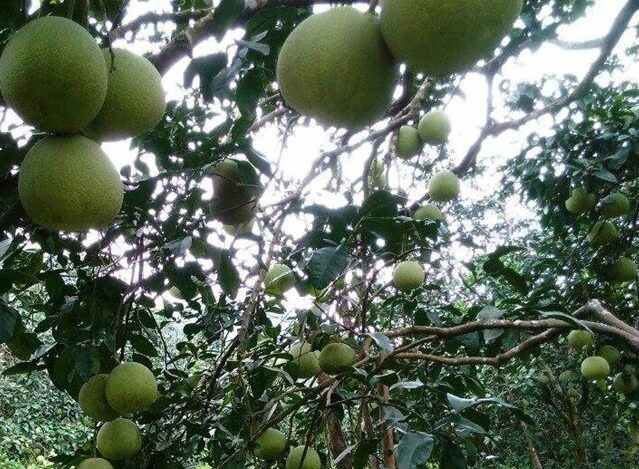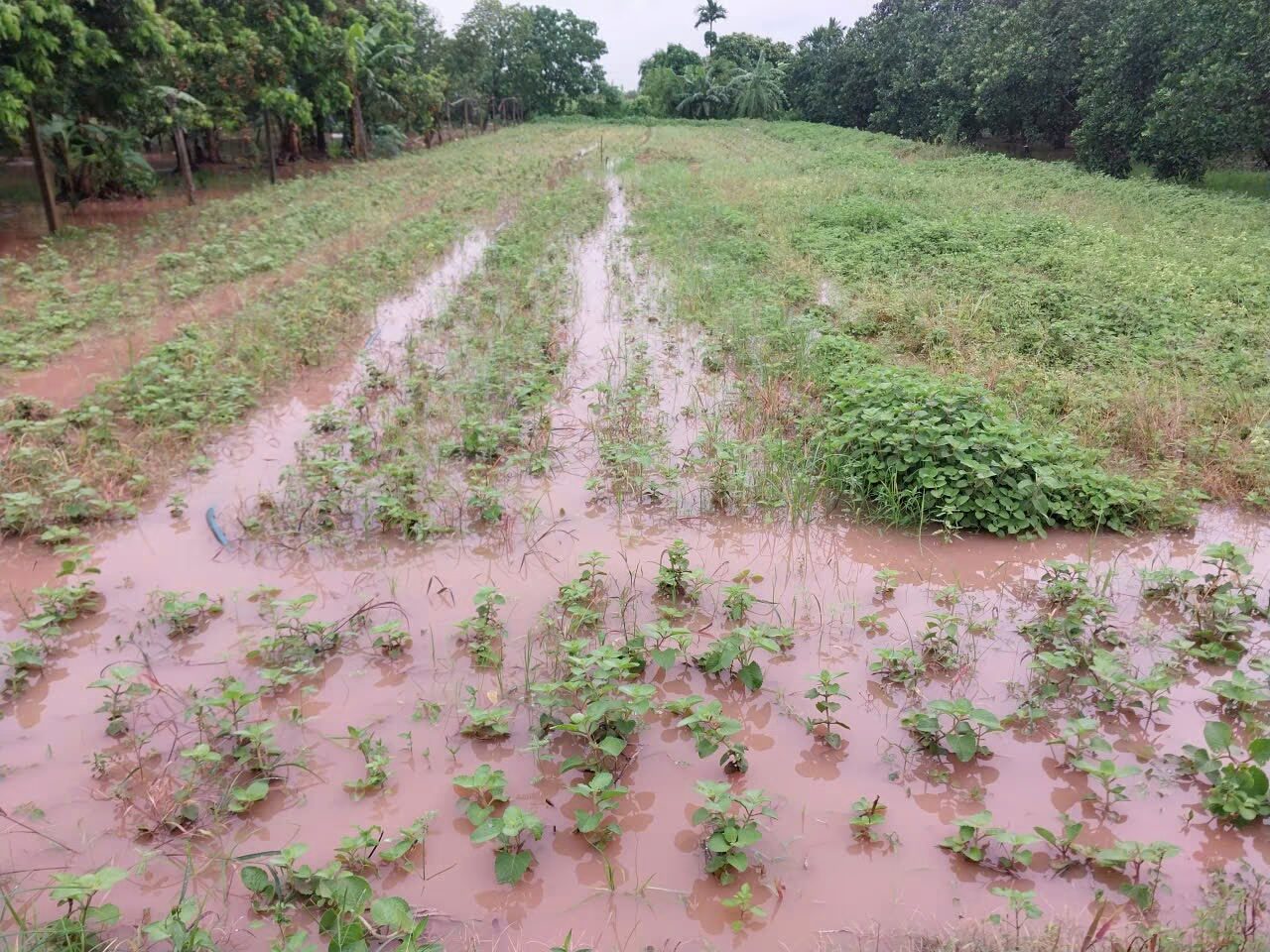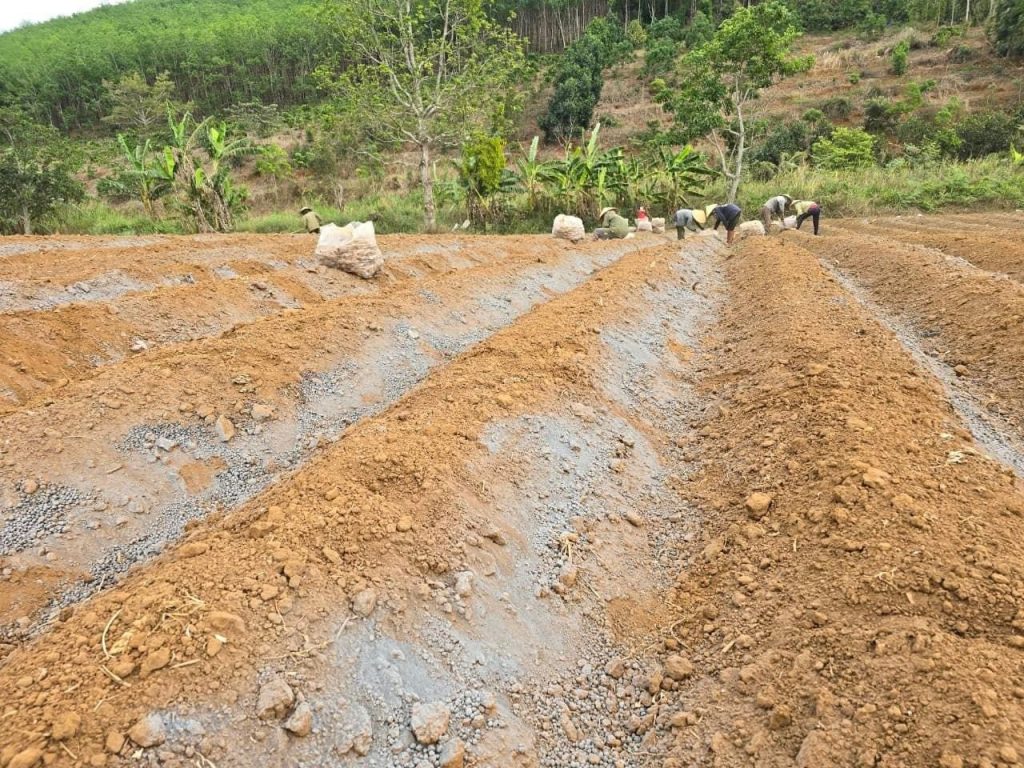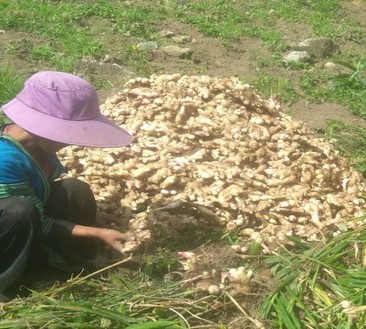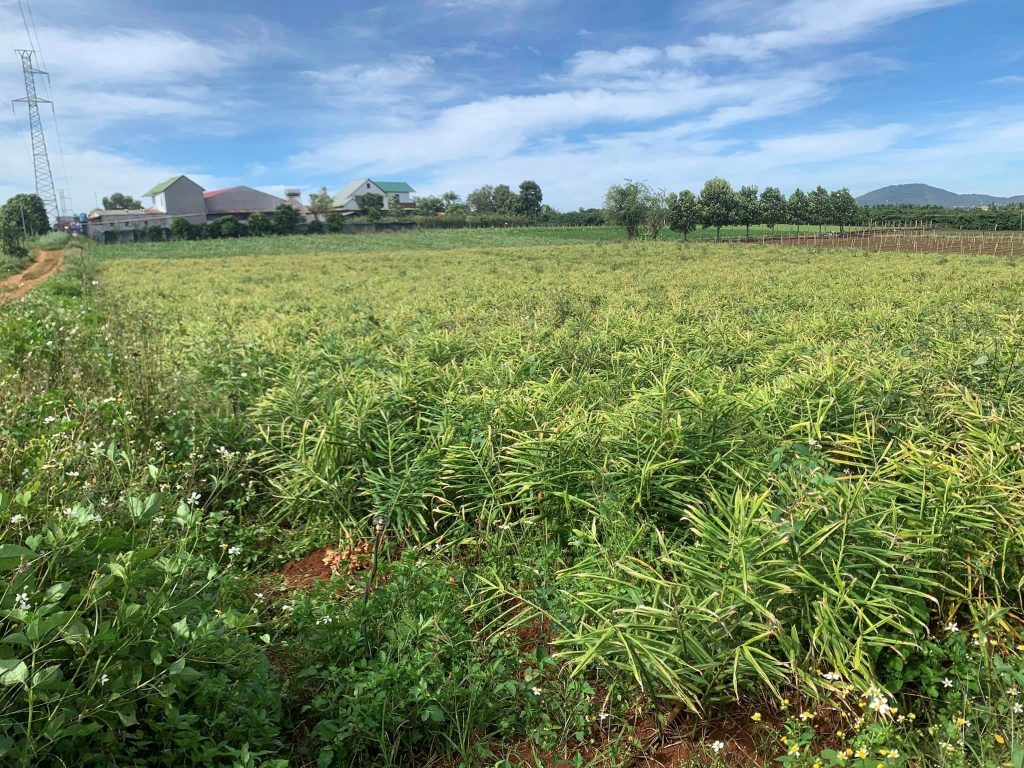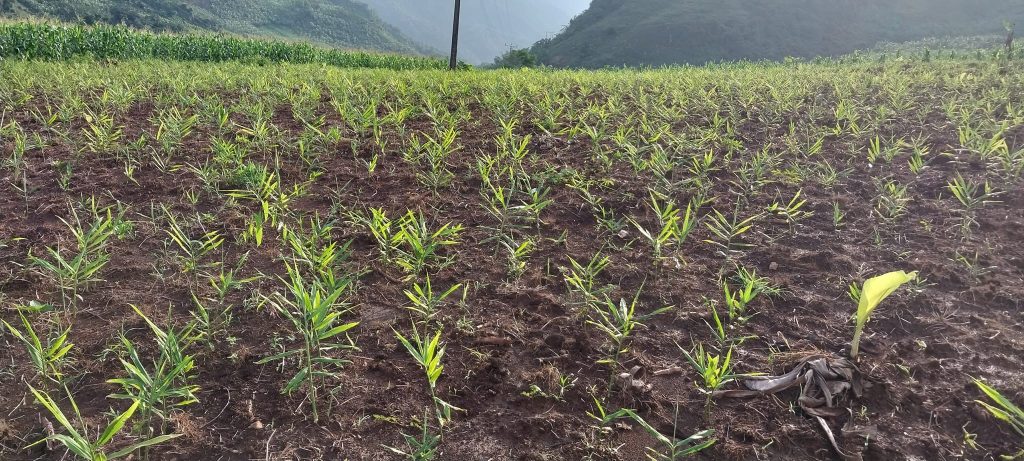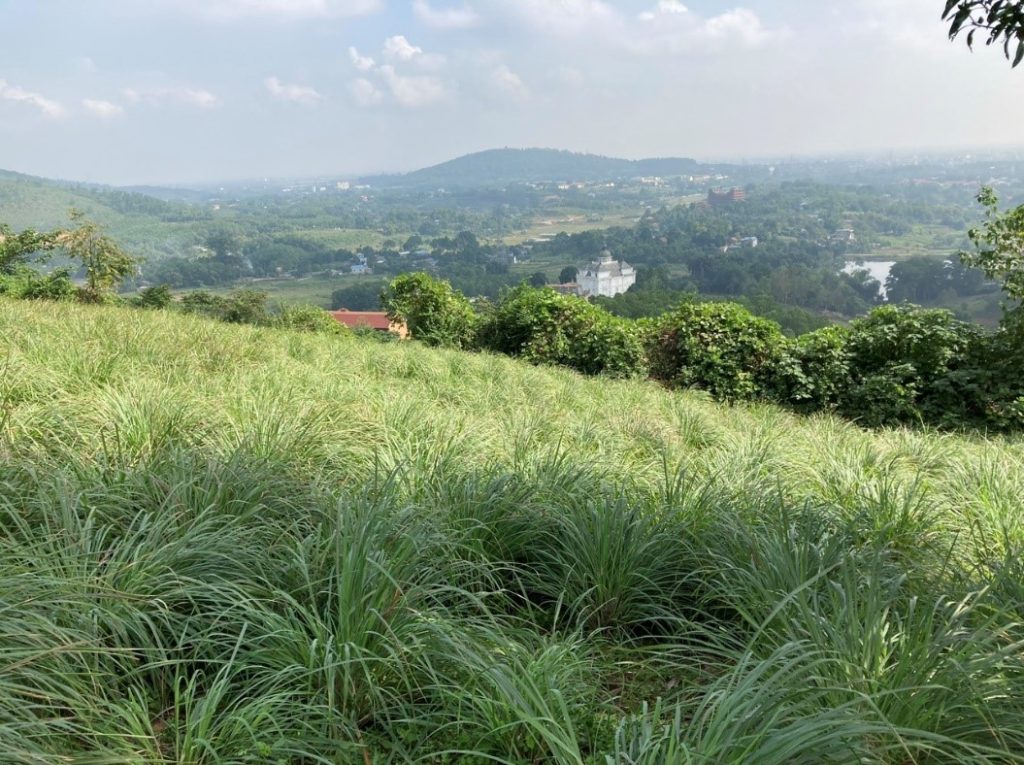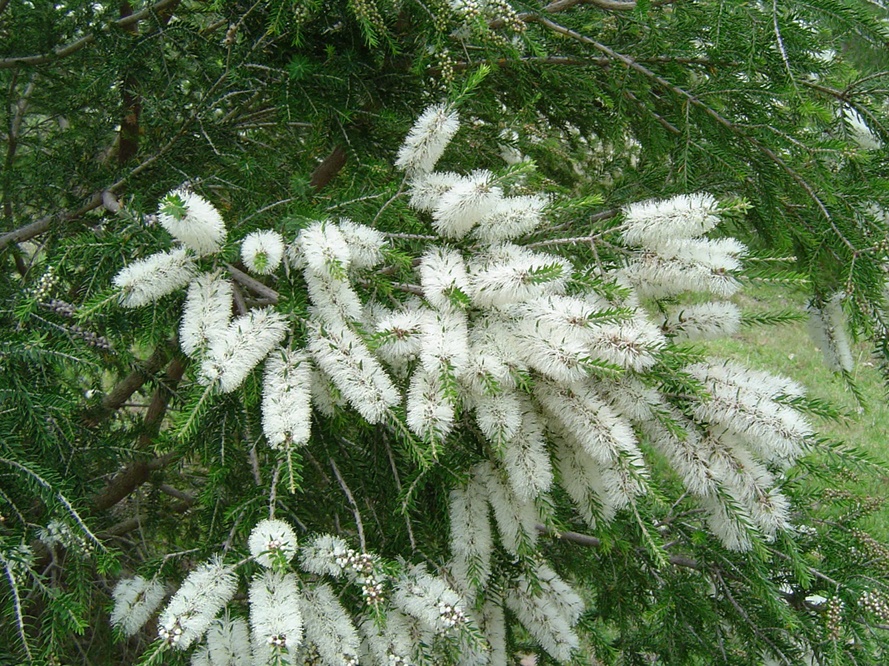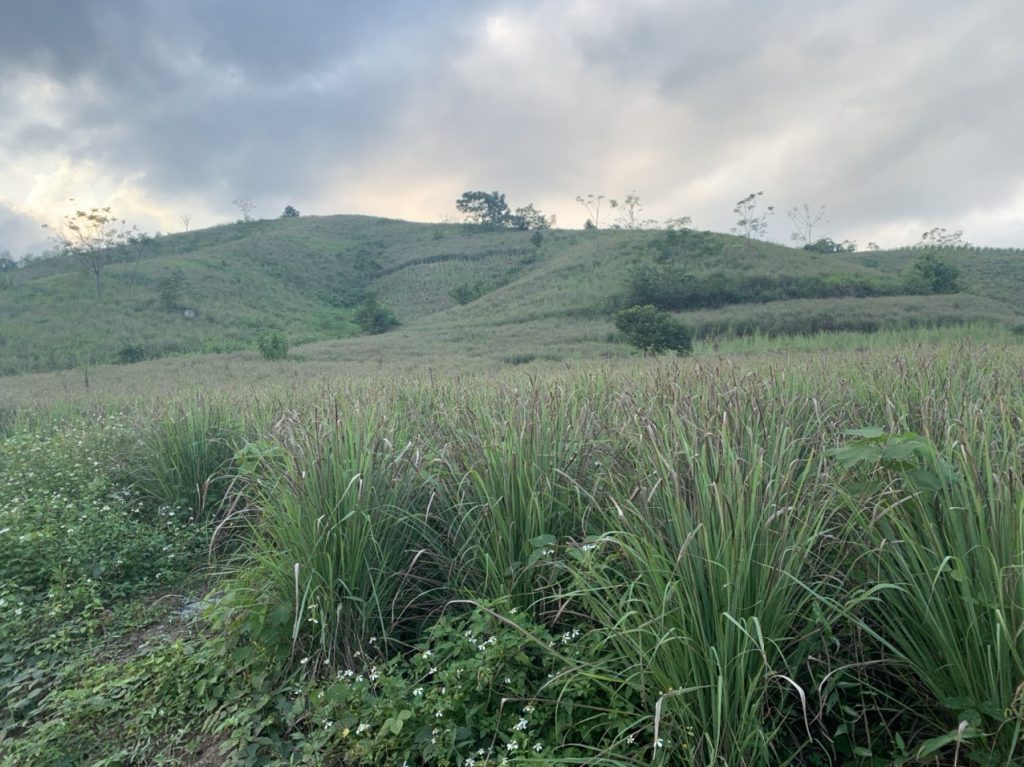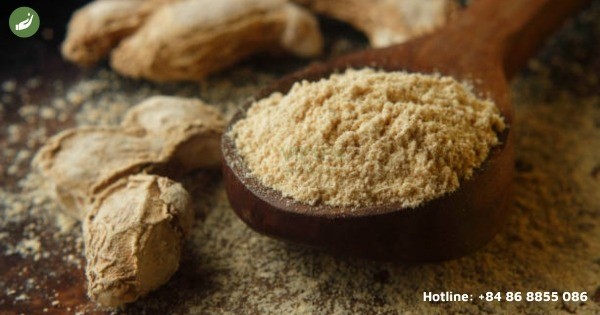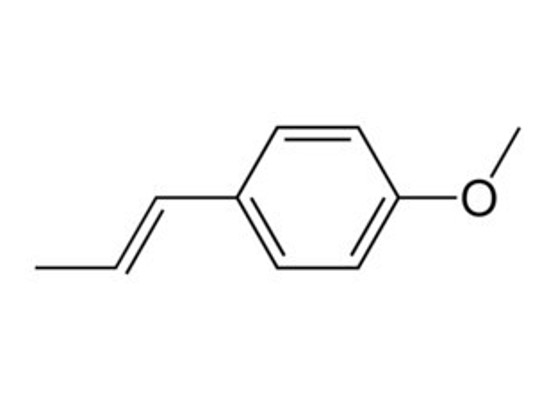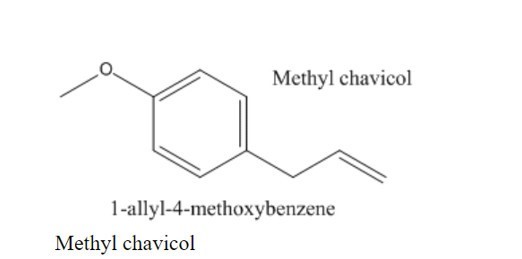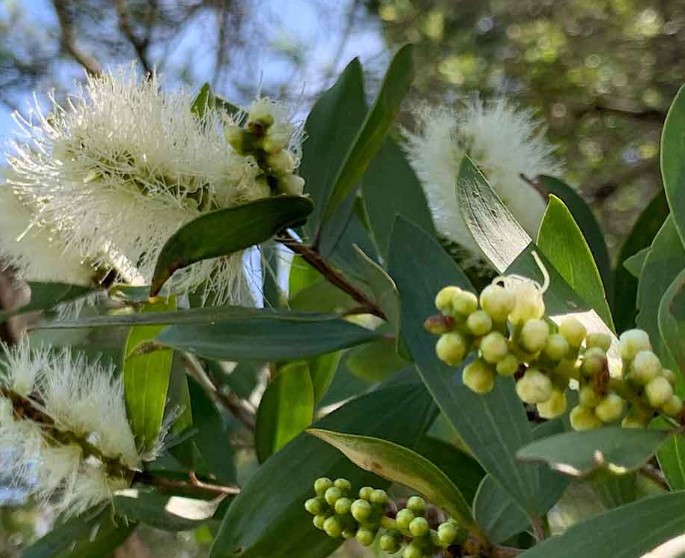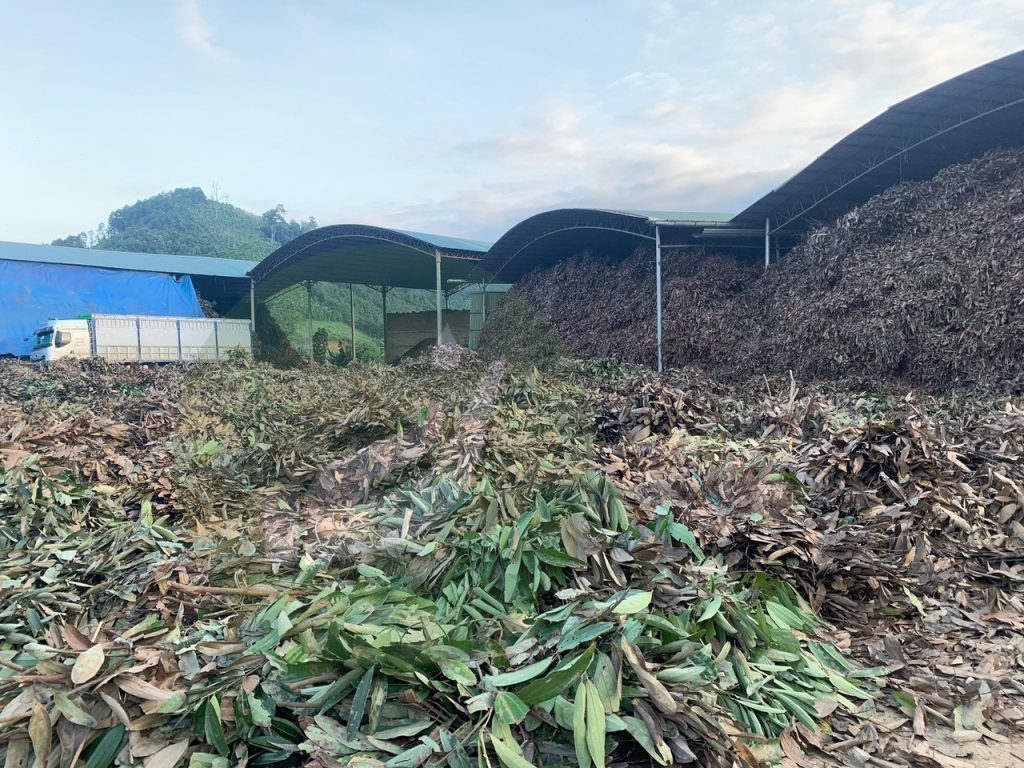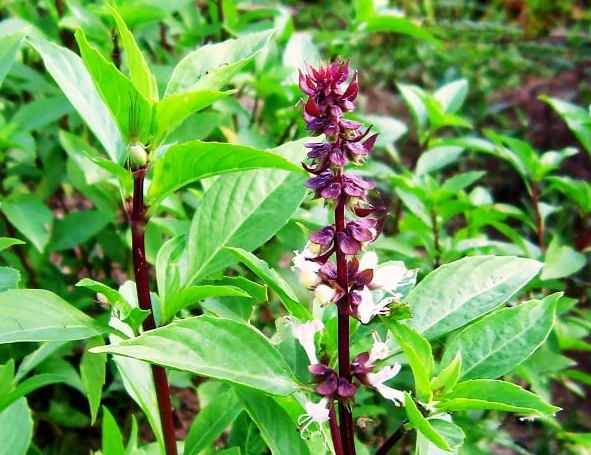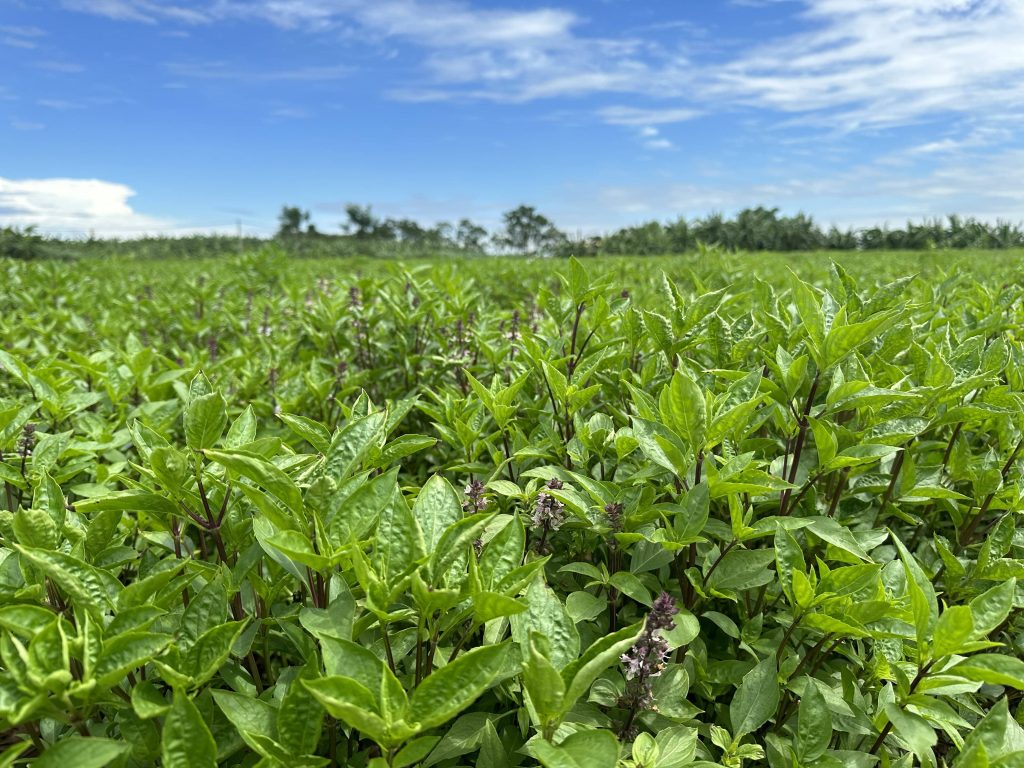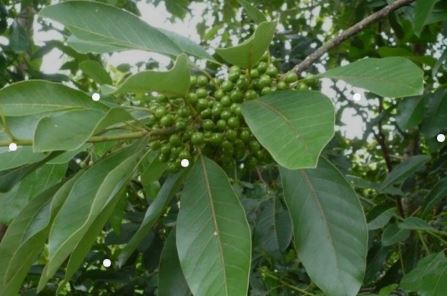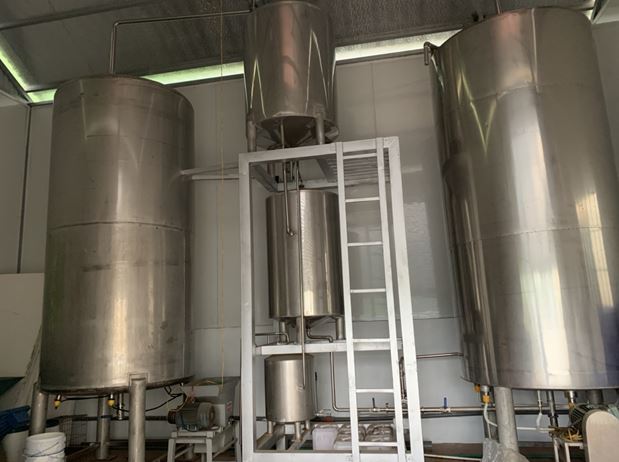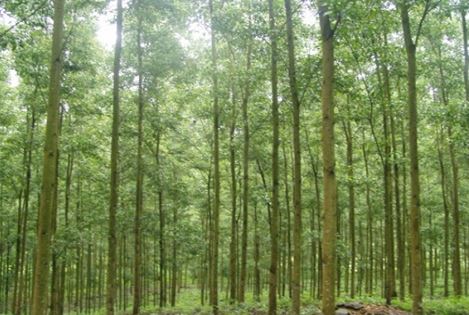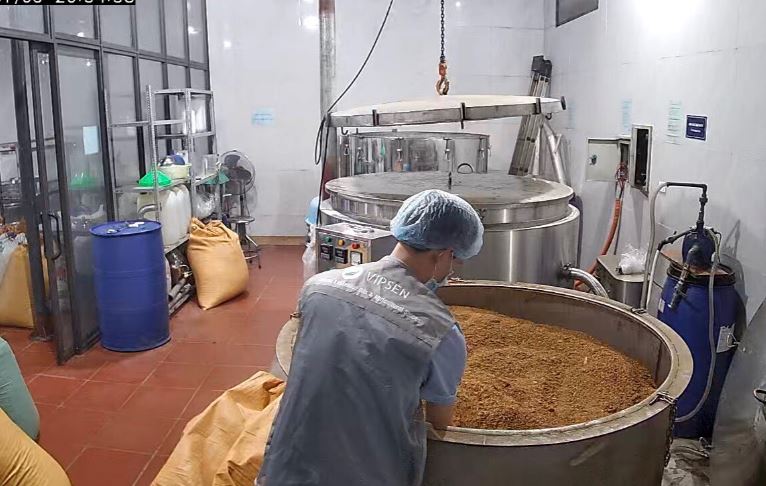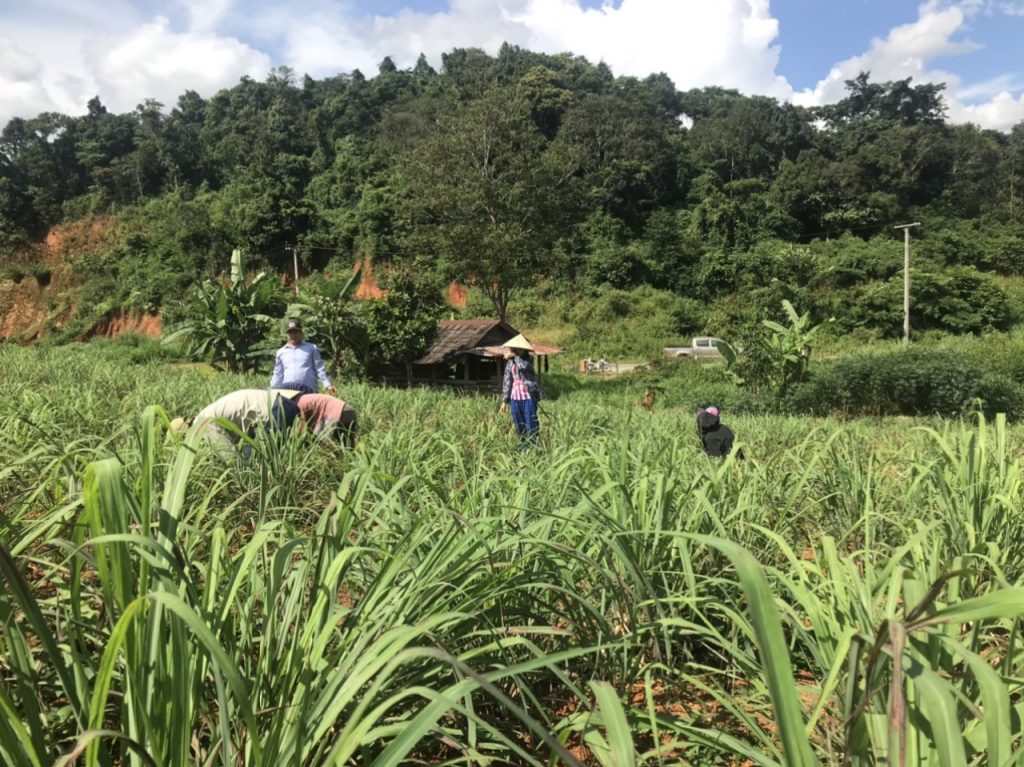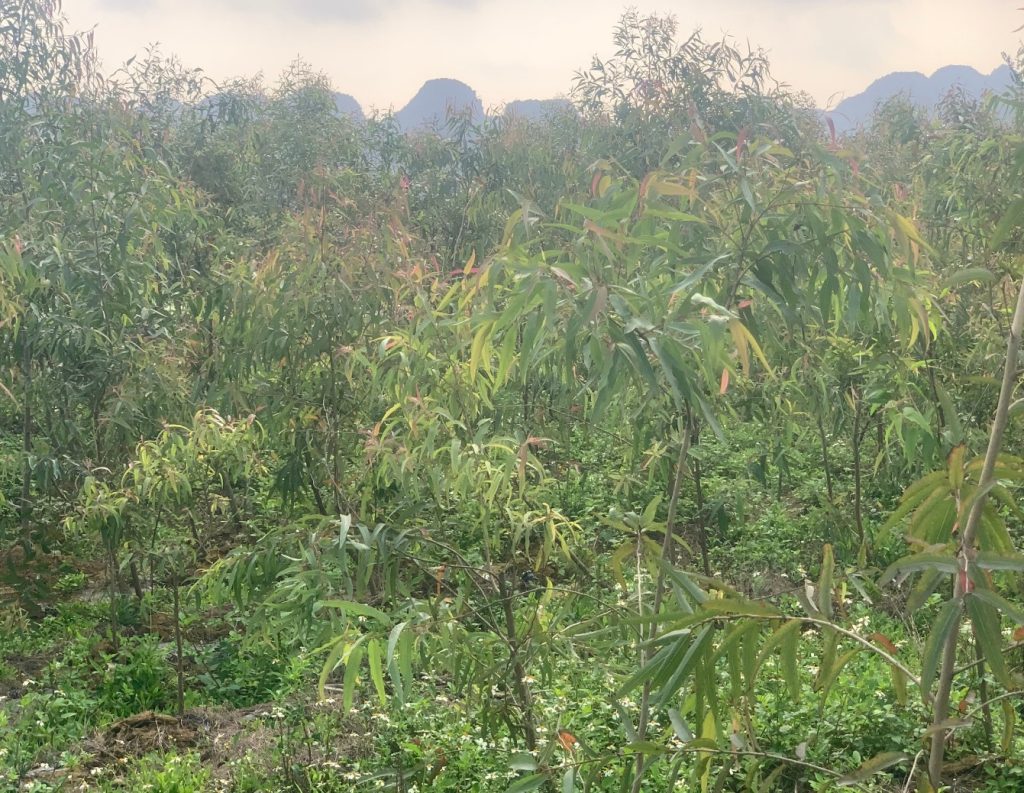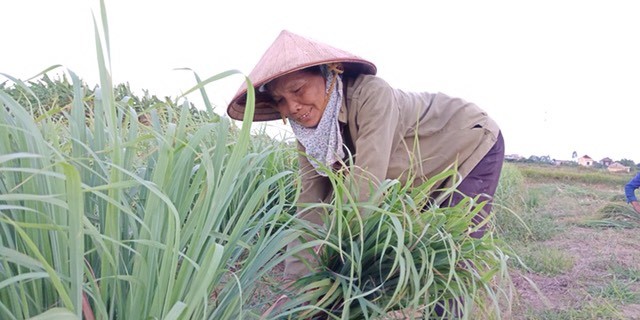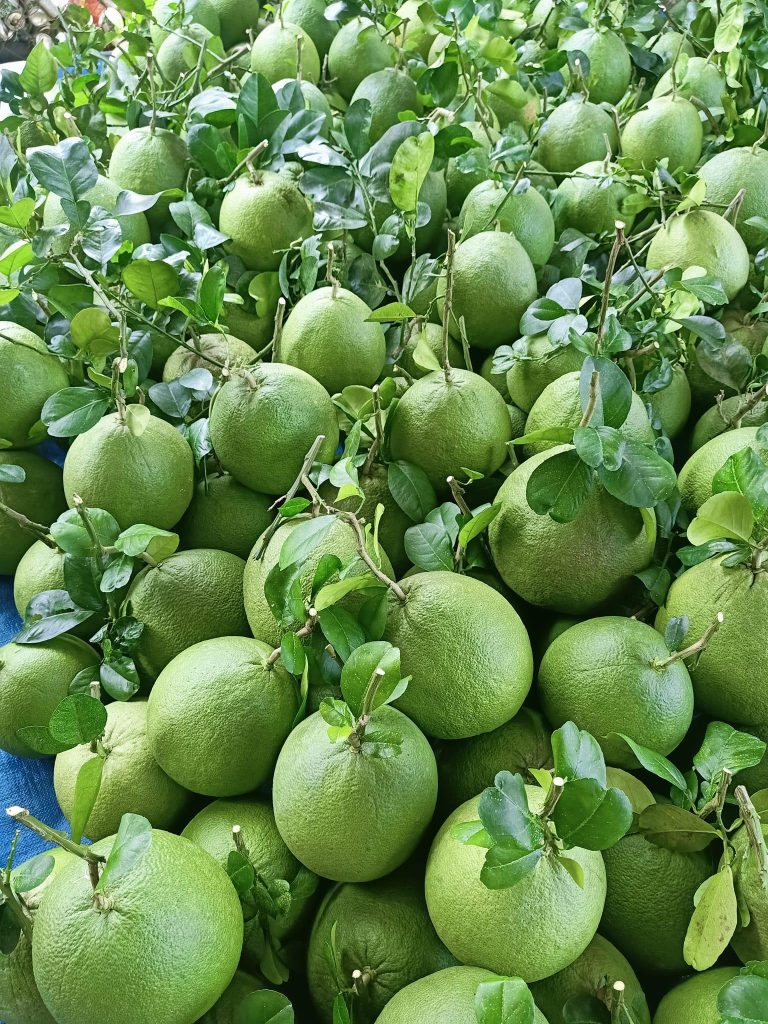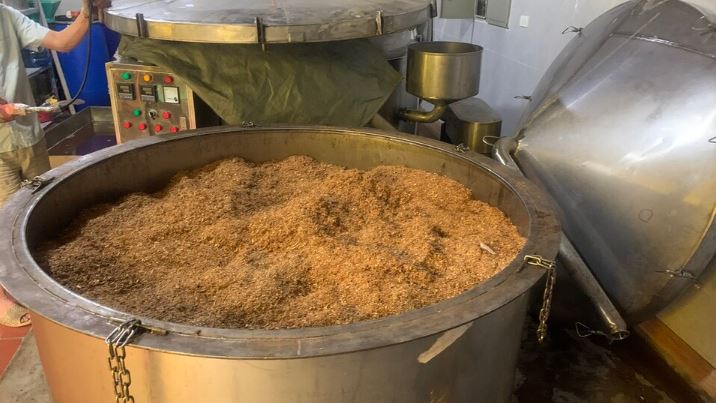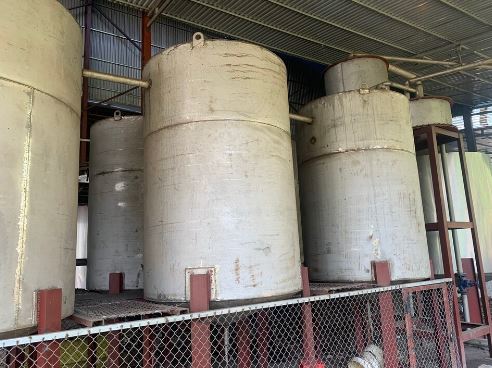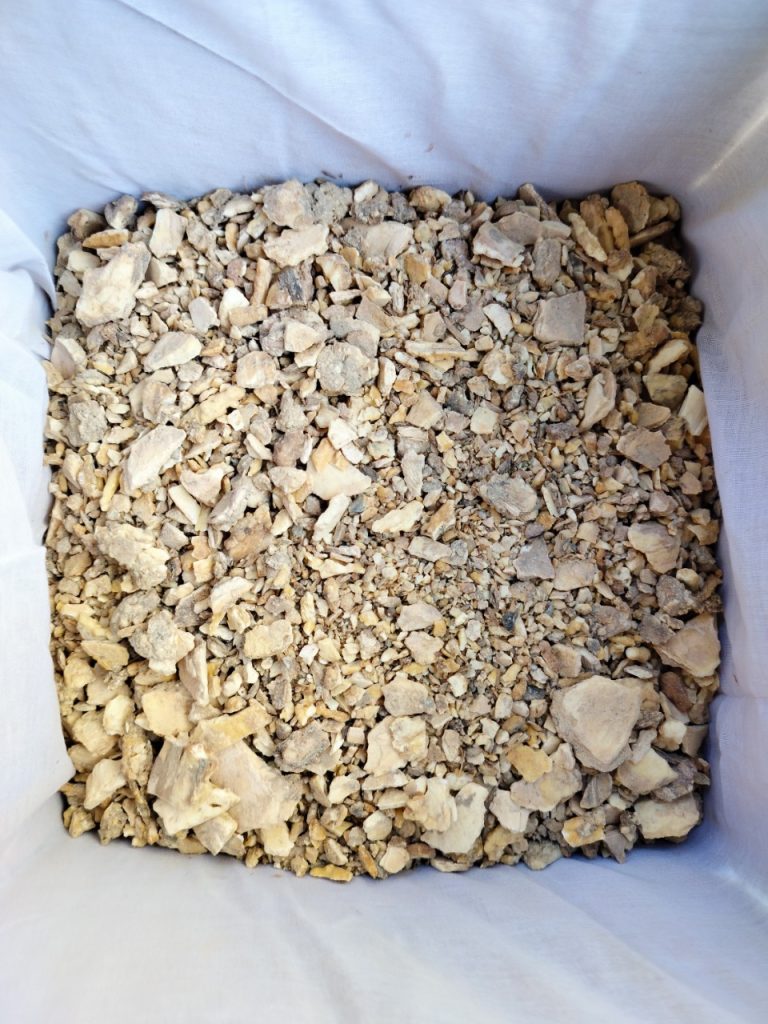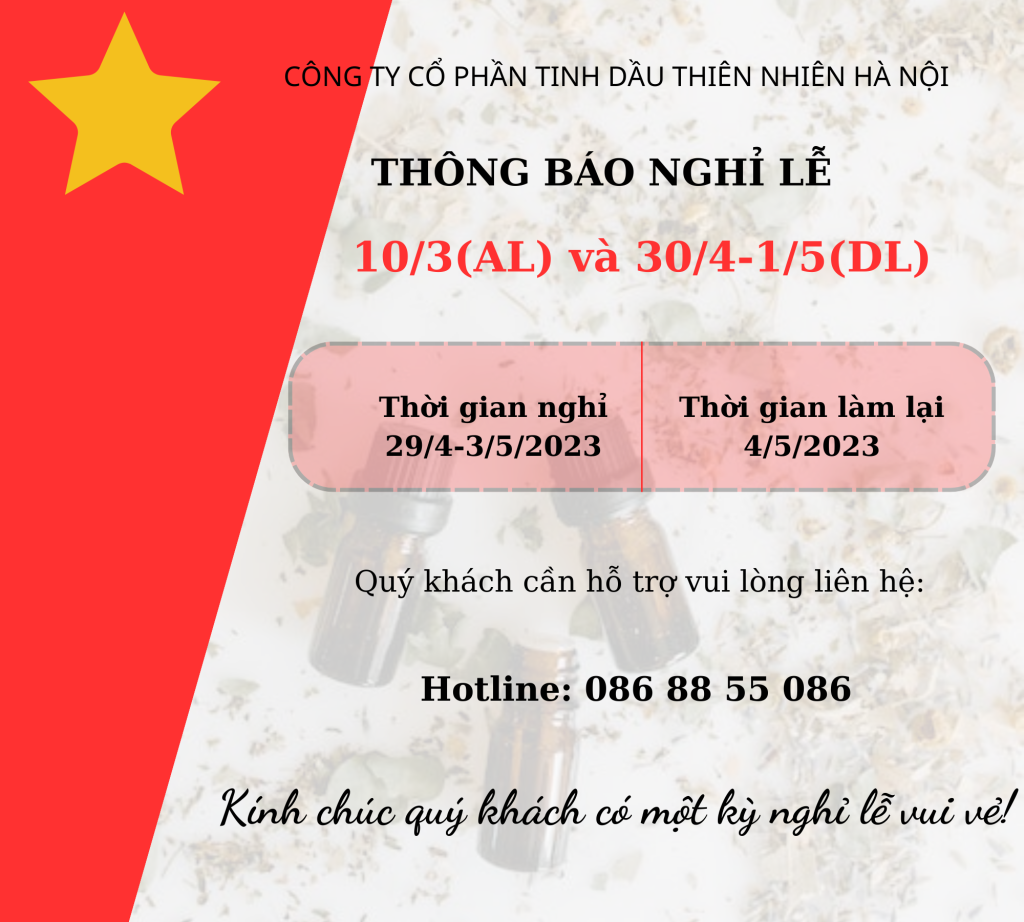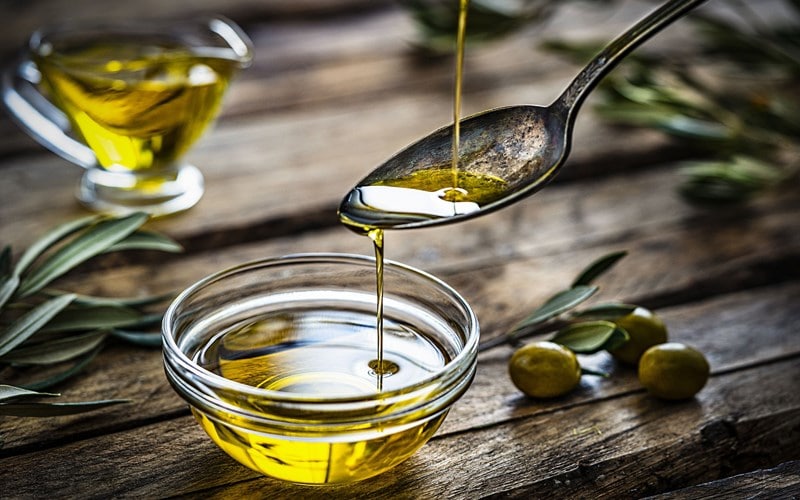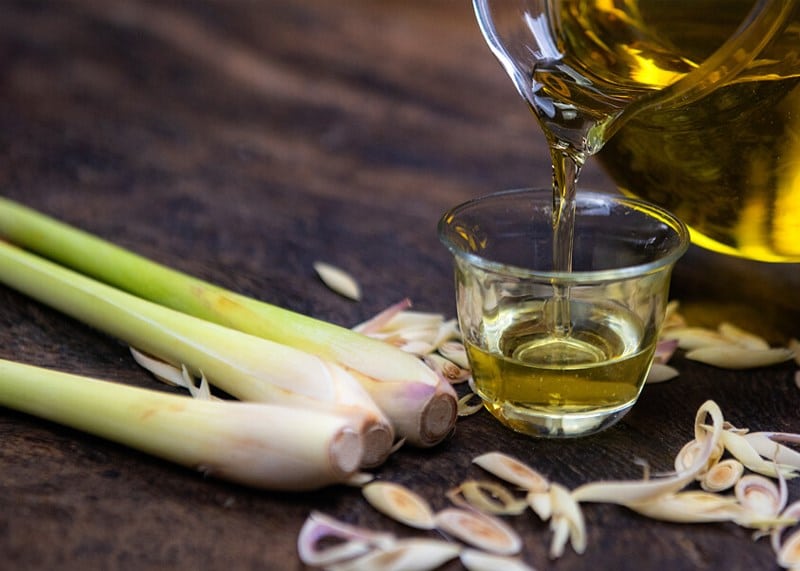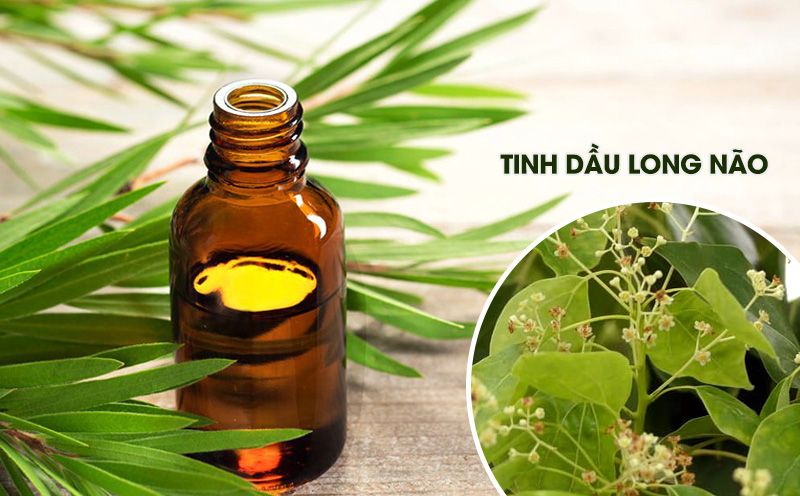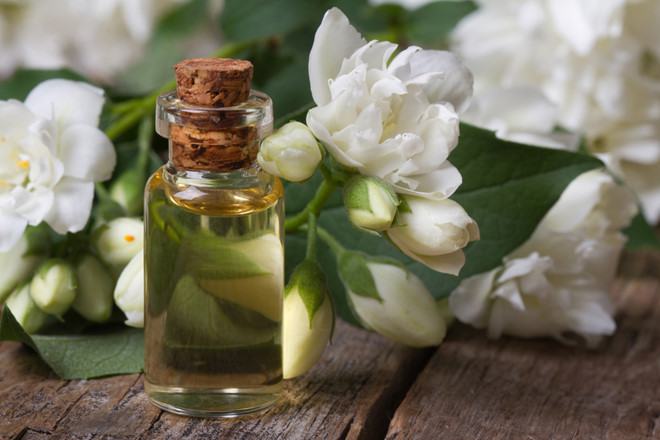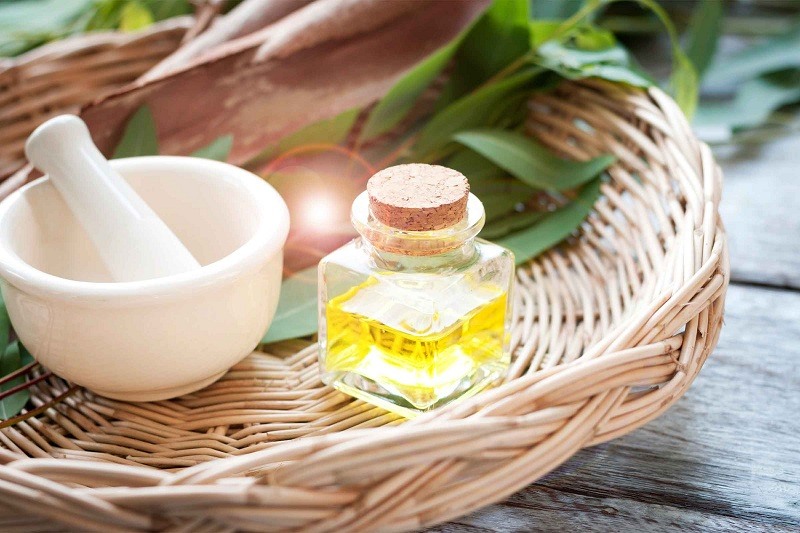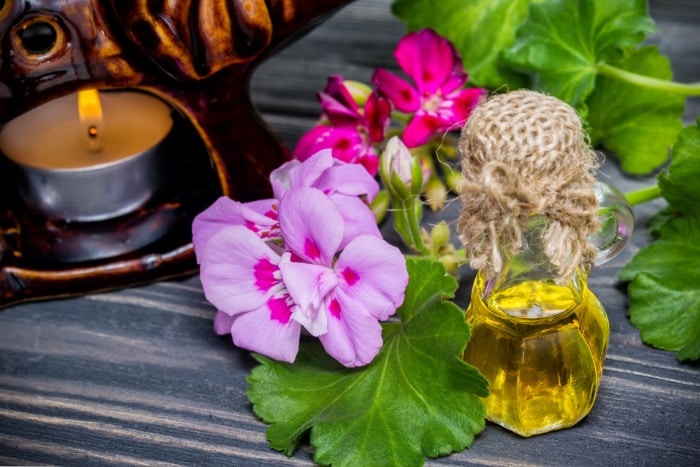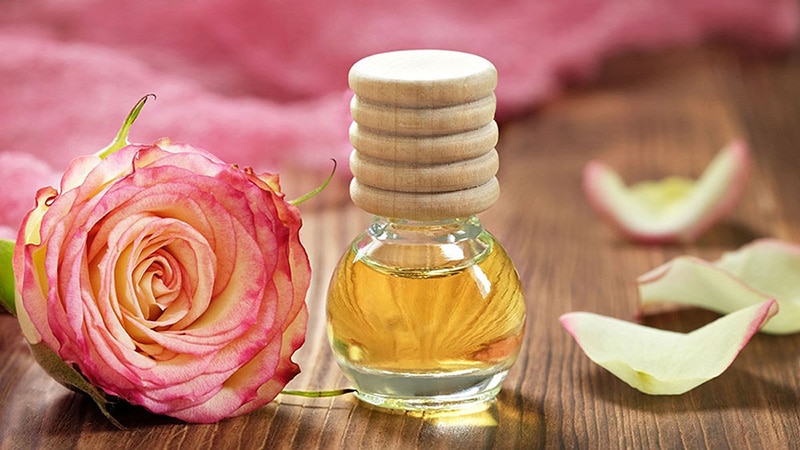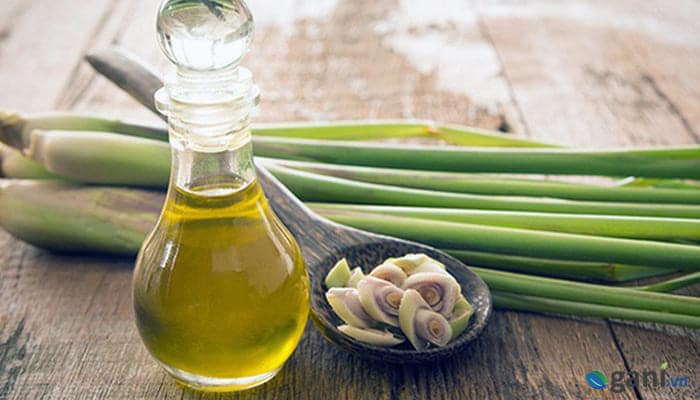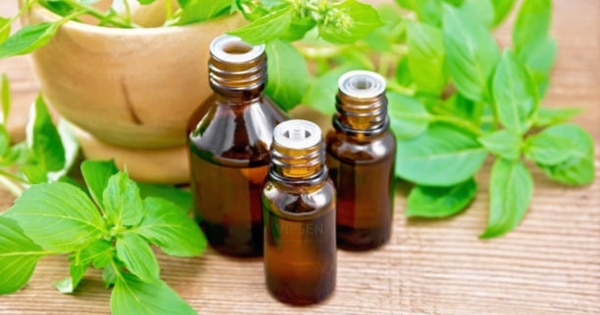
The Tamanu Tree: Characteristics and Applications in Life


The tamanu tree, also known as Calophyllum inophyllum, is a characteristic species found in tropical and subtropical coastal areas. For thousands of years, tamanu has held significant value in medicine and beauty. Today, tamanu oil is widely applied in the cosmetics industry and personal care products. Below is a detailed exploration of the origins, characteristics, growth conditions, and applications of the tamanu tree.

1. Origins and History of the Tamanu Tree
The tamanu tree originates from tropical coastal regions in Southeast Asia and the Indian Ocean, including Vietnam, Malaysia, India, and the Pacific Islands. Known for thousands of years, tamanu oil has been an essential medicinal ingredient in the traditional medicine of Polynesian and Southeast Asian cultures, used to heal wounds, treat skin ailments, and support overall health.
2. Morphological Characteristics of the Tamanu Tree
The tamanu tree is a large, woody tree, reaching heights of 8 to 20 meters, with dense foliage and broad branches that allow it to withstand strong winds and harsh coastal conditions. Some notable biological characteristics include:
- Trunk: The trunk is gray-brown in color, reaching up to 30 meters when fully mature.
- Leaves: The leaves are oval-shaped, dark green, and glossy, helping the tree retain moisture and resist drought.
- Flowers: Tamanu flowers are white with a light fragrance, growing in clusters, and they bloom in spring and early summer.
- Fruit: The fruit is round with a hard shell, containing seeds rich in oil with high nutrient content.
3. Growth Conditions of the Tamanu Tree
The tamanu tree is highly adaptable to the harsh coastal conditions. Its ideal growth conditions include:
- Climate
– Temperature: The tamanu tree grows well in temperatures ranging from 25–35°C, with high tolerance for heat and direct sunlight.
– Humidity: The tree thrives in high humidity levels, from 70–85%, which helps it absorb water easily and grow vigorously.
– Light: The tamanu tree is a sun-loving species, requiring direct sunlight for optimal photosynthesis. Therefore, it is often found in open areas or along coasts without shade.
– Wind: The tamanu tree is resistant to strong winds due to its sturdy root system and dense branches, making it ideal for coastal areas exposed to storms.
- Water
– Water Needs: The tamanu tree is drought-tolerant due to its deep roots and thick leaves that retain moisture, yet it still requires a stable annual rainfall of 1,000–2,500 mm to reach maximum yield. The tree struggles in waterlogged conditions, which can lead to root rot.
– Salt Tolerance: The tree can withstand saline environments, making it well-suited for coastal and marshy areas with high salinity.
- Soil
– Soil Type: The tamanu tree grows best in sandy coastal soil, alluvial soil, or light loam with good drainage.
– pH Level: It thrives in slightly acidic to neutral soil, with a pH range of 5.0–7.5, which allows for effective nutrient absorption.
4. Growth Cycle
The tamanu tree begins to bear fruit around 4–5 years of age in ideal growing conditions, but it reaches maximum yield at around 7–10 years. Once mature, the tree can produce fruit consistently for decades, especially when cultivated and maintained in suitable environments.

5. Tamanu Tree Cultivation Regions in Vietnam
In Vietnam, tamanu trees are widely distributed in the coastal provinces of Central Vietnam and the Mekong Delta, such as Phu Yen, Khanh Hoa, Ninh Thuan, Binh Thuan, and Ca Mau, where the stable tropical climate supports their growth. These areas not only help the tree thrive but also contribute to soil conservation and reduce coastal erosion.
6. Cultural Significance of the Tamanu Tree in Vietnamese Folklore
In Vietnamese folklore, the tamanu tree holds deep spiritual meaning. Folktales describe the tamanu as a symbol of love, resilience, and loyalty. One tale recounts a mother who sat by a tamanu tree by the sea, waiting for her son who went to sea and never returned. The tree came to symbolize maternal love, faith, and sacrifice. In some regions, the tamanu tree is also used in traditional ceremonies to bring peace and good fortune. The tree appears in Vietnamese proverbs and folk songs as a symbol of simplicity and perseverance. In many places, young couples pledge their loyalty to each other under tamanu trees along the coast, vowing to overcome hardships together, making the tree a symbol of enduring and sincere love.
7. Applications of the Tamanu Tree in Life
- Medicinal Uses: Tamanu oil has anti-inflammatory, antibacterial, and wound-healing properties, widely used in skincare products.
- Skin Care and Beauty: Tamanu oil contains potent antioxidants like calophyllolide and inophyllum, which help treat acne, heal wounds, and reduce scars. It is also rich in fatty acids such as oleic and linoleic acids, which provide moisturizing, softening effects and improve skin elasticity, helping to prevent early signs of aging.
- Natural Sun Protection: The antioxidants in tamanu oil protect the skin from UV damage and free radicals, making it suitable for sunscreen products.
- Wood Industry: The tamanu tree’s wood is hard and durable, used in the wood industry for making furniture like tables, chairs, cabinets, and other home decor items.
- Environmental Protection: With its strong root system, the tamanu tree stabilizes soil and prevents coastal erosion, protecting coastal regions from seawater intrusion.
- Cultural Tradition: In some regions of Vietnam, the tamanu tree holds spiritual significance and is used in ceremonies to pray for peace and blessings, symbolizing love, resilience, and loyalty. People often plant tamanu trees near their homes, believing that the tree brings peace and harmony to the family.

8. Tamanu Oil Production Process
The production process for tamanu oil requires meticulous care to preserve nutrients:
- Harvesting and Sorting: Ripe tamanu fruits are harvested, cleaned, and sun-dried.
- Seed Extraction: Seeds are separated and dried to ensure high oil extraction efficiency.
- Oil Extraction: Tamanu oil is cold-pressed to retain its natural nutrients.
- Filtration and Storage: The oil is carefully filtered and stored in a cool, dry place to maintain quality.
Conclusion
The tamanu tree is not only a sustainable natural resource but also offers valuable applications in medicine, beauty, and environmental protection. VIPSEN’s tamanu oil, produced with stringent quality control and the commitment to Vietnam’s natural resources, is an optimal choice for sustainable health and beauty.

9. Tamanu Oil Produced by VIPSEN: Premium Quality
Tamanu oil produced by VIPSEN stands out due to a rigorous raw material selection process based on our exclusive standards, sourcing from well-known tamanu-growing regions in Vietnam such as Phu Yen, Khanh Hoa, and Binh Thuan, where ideal natural conditions foster the tamanu tree’s growth. The tamanu oil production and refining process at VIPSEN is strictly controlled from harvest to oil extraction and storage, ensuring high purity and rich natural nutrients. VIPSEN’s tamanu oil provides optimal effectiveness in the cosmetics, skincare, and beauty industries thanks to its valuable nutrients that nourish and regenerate the skin effectively. Furthermore, VIPSEN’s manufacturing facilities and tamanu oil meet international standards such as GMP, HACCP, and ISO22000, ensuring the highest quality and safety in every drop.
For more information, please contact:
Phone/Whatsapp/Zalo/Wechat/Kakao Talk/LINE/Skype/Viber: +84 868 855 086
Email: Info@Vipsen.vn
Address: D7-TT9, Foresa Street, Xuan Phuong New Urban Area, Xuan Phuong, Nam Tu Liem, Hanoi
Address of essential oil factory: Bai Dai, Tien Xuan, Thach That, Hanoi.
Address of agricultural production factory: Thu Do, An Tuong, Vinh Tuong, Vinh Phuc









